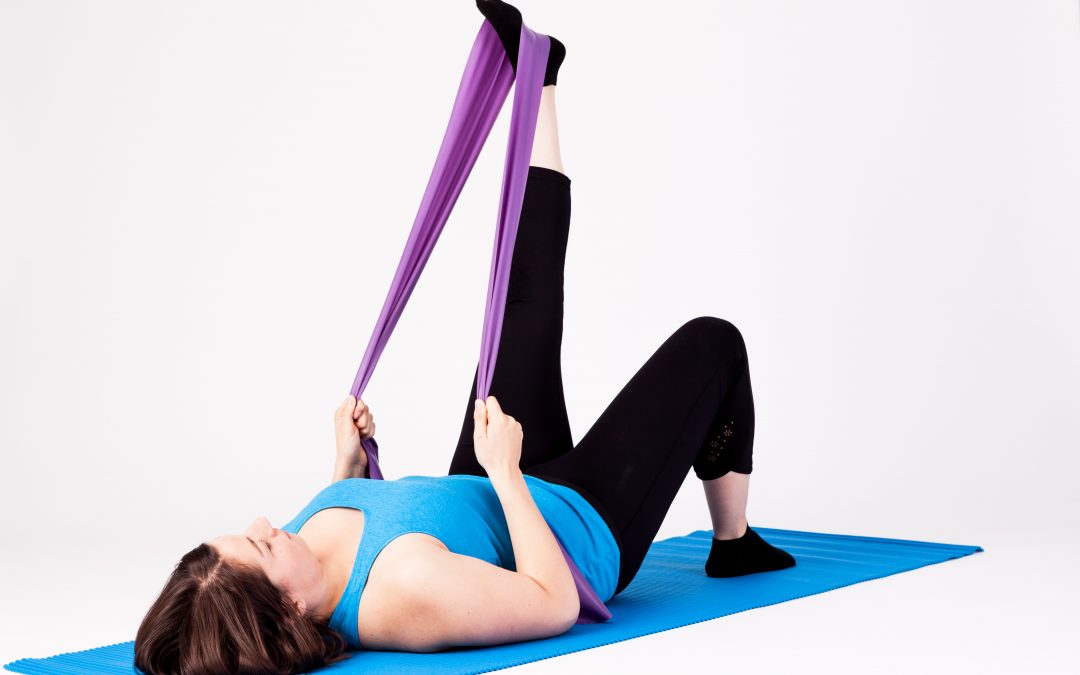Do you get cramp in your Pilates class?
It’s not uncommon for me to hear a shriek across the room, someone suddenly grabbing their toes or getting up to dance around the room. I’m sure we have all experienced cramp before and although it’s usually harmless it can be frustrating and of course painful.
A cramp is when your muscle suddenly contracts and goes into a hard, tense and painful state that you are unable to relax. It usually goes after a few minutes but in can last up to 10 minutes or more and can even come back a few times.
Muscle cramps are most common in toes, feet, calf muscles (gastrocnemius) and the back of the thigh muscles (hamstrings).
If cramping happens when you are not exercising it could be related to diet, certain types of medication (e.g. statins) and during pregnancy.
I’m however going to talk about the cramp you experience when doing a Pilates class, known as exercise induced cramp.
Possible causes and what to do:
Overly pointing toes
In Pilates I ask you to lengthen your muscles when you are moving (contracting). Sometimes people overly point their toes in order to do this. This tends to happen on the Leg Slide exercise and Toe Taps.
To prevent this, think about lengthening your ankle instead. Keep your toes relaxed and imagine someone gently pulling your ankle away from you. Avoid gripping your toes or tensing your calf.
Muscle imbalance
If you experience cramp in the back of your thigh (hamstrings) on the Shoulder Bridge exercise it might be due to a muscle imbalance. During this exercise the glut’s should be doing most of the hard work but if they are not working correctly (muscle inhibition) it means the hamstrings have to do all the hard work.
To prevent this, make sure you are placing your weight through your feet correctly. Imagine a triangle on the sole of your foot where the 3 points are your heel, just below the big toe and just below the little toe.
When you lift off the floor make sure that all three of those points are equally pushing down into the floor. Move slowly, making sure your knees don’t drop to the sides and really think about using your glut’s to lift.
Dehydration
Dehydrating can lead to a drop in salt which can trigger muscles cramps. It’s not known for sure whether there is a link between the two but it is important to keep hydrated anyway.
Ensure you are sipping water throughout the day and during your Pilates class. Feeling thirsty is a sign that you are already dehydrated.

